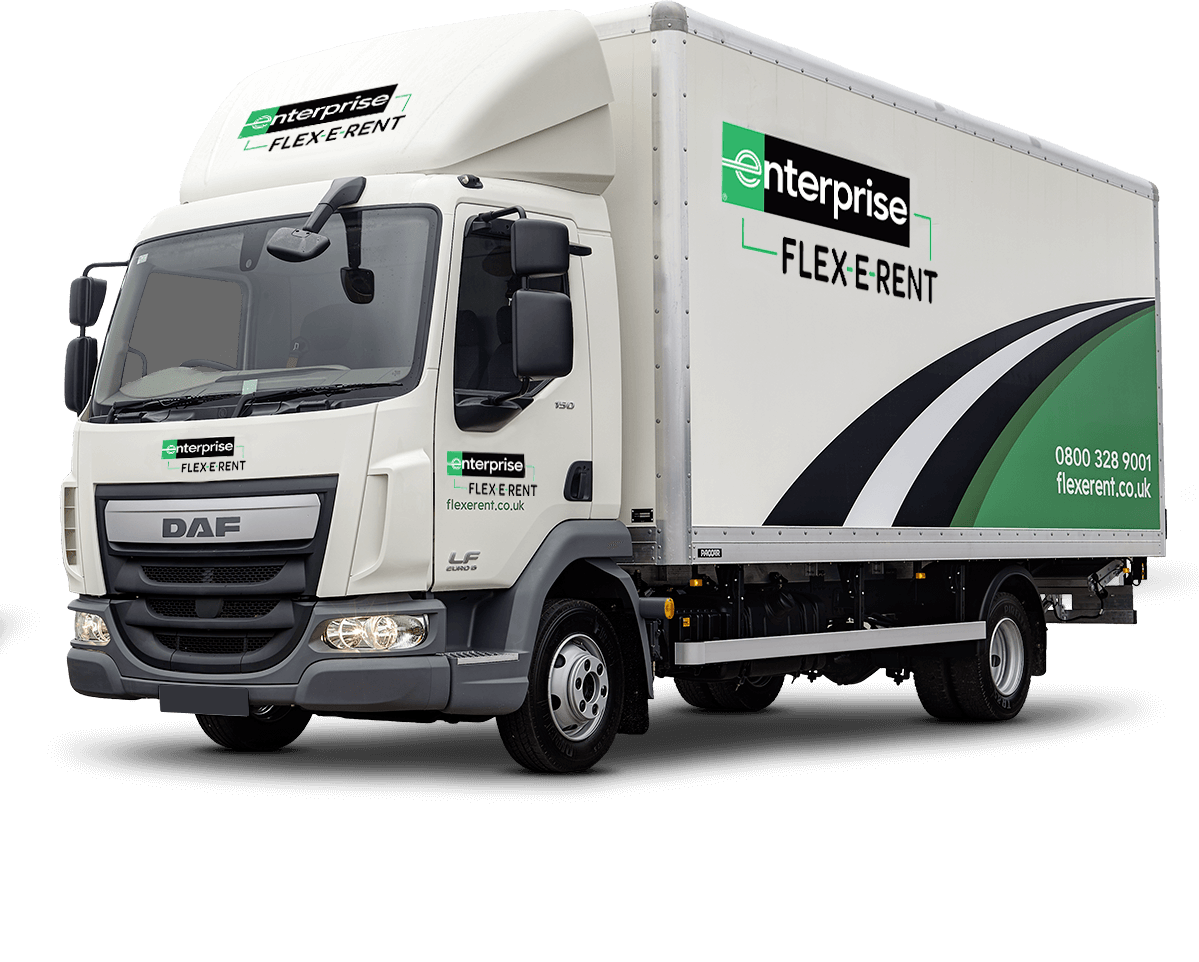It can often be a daunting task for health and safety practitioners, plant and fleet managers to keep up with the latest regulations. Whether it’s ensuring that a site meets exacting safety standards or a large piece of kit is compliant, ignorance is no excuse. It's imperative that they don’t overlook the less obvious everyday dangers – including the use of welfare vans.
Putting employee welfare first
Welfare vans transport workers to and from work sites and act as a mobile rest room. They are used extensively by road workers, quarry workers and builders, but can be utilised effectively by a much broader range of industries.
The average welfare van has space for several employees at a time, and these individuals are entitled to certain standards of care and safety in the workplace. A company is legally obliged to provide staff with somewhere to eat, rest, change, and be protected in transit.
Transporting staff in the back of any normal van will immediately void the insurance, and drivers will risk a fine and penalty points if they are caught. If a collision occurs, the driver and the business will be held liable for any resulting injuries or fatalities.
Legal changes for welfare vans
European Community Whole Vehicle Type Approval (ECWVTA) regulations mean that automotive manufacturers can test a single production vehicle as a representative of a certain vehicle ‘type’. Many components are governed by the certification, including seat fixing brackets, seat belts and gross vehicle weight. Last year, ECWVTA regulations were made compulsory for modifications to vehicle racking and other fitments.
The Vehicle Certification Agency (VCA) is the Department of Transport’s national approval authority for new on and off-road vehicles. Recent regulatory changes to safety and environmental standards mean that the latest generation of welfare vans must be VCA Type Approved, requiring strict checks to be enforced throughout the conversion process.
How welfare van hire can help
Construction sites, road repairs and even quarries are often temporary workplaces, with jobs only taking a matter of weeks or months. With this in mind, it’s not always wise for companies to invest heavily in a vehicle fleet which might not serve the same purpose a year down the line.
By using a welfare van provider, companies can avoid an expensive vehicle purchase and choose a leasing package that suits them. Flexible van hire comes with all the benefits of a partnership with a leading fleet provider, but also enables firms to adjust their vehicle fleet to suit their work schedule.
We have plenty of experience in the industry, and can help you to find the perfect welfare van for your business. All of our depots nationwide are manned by experts, not call centre staff, so you’ll speak to a rental specialist whenever you contact us.




